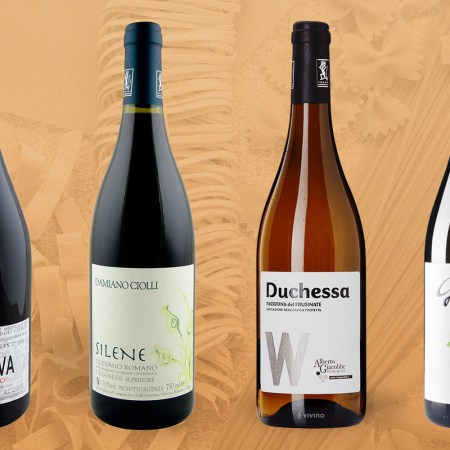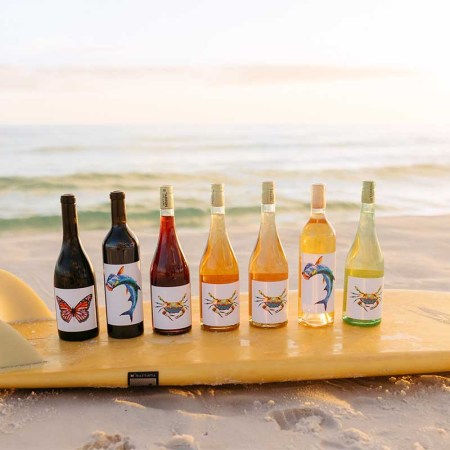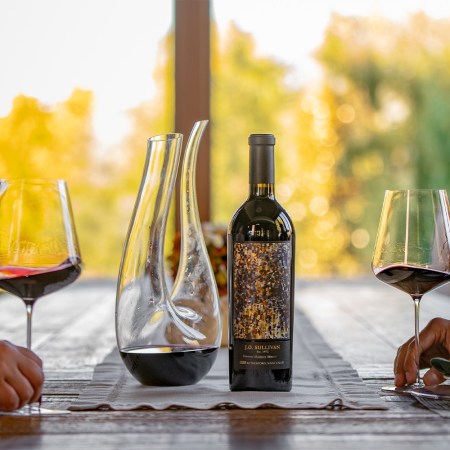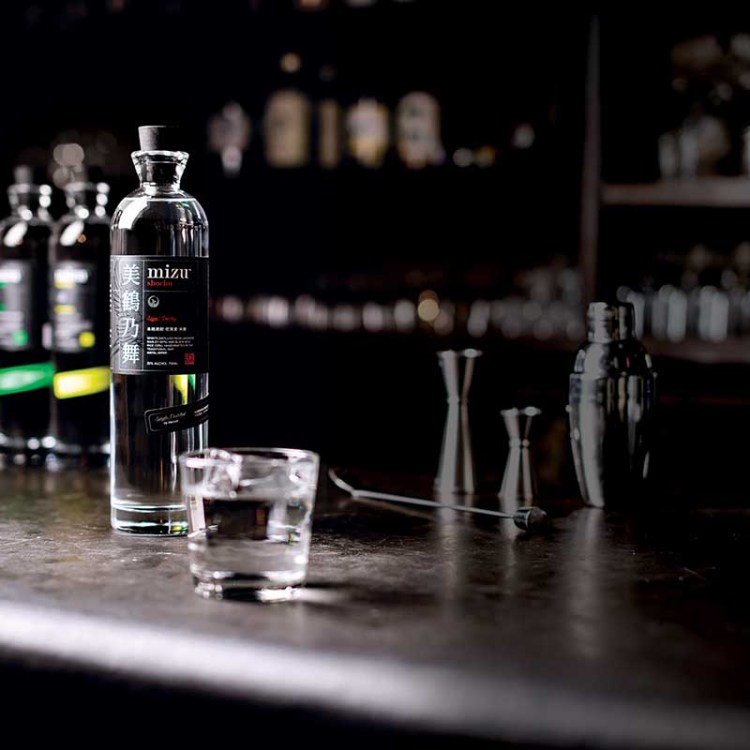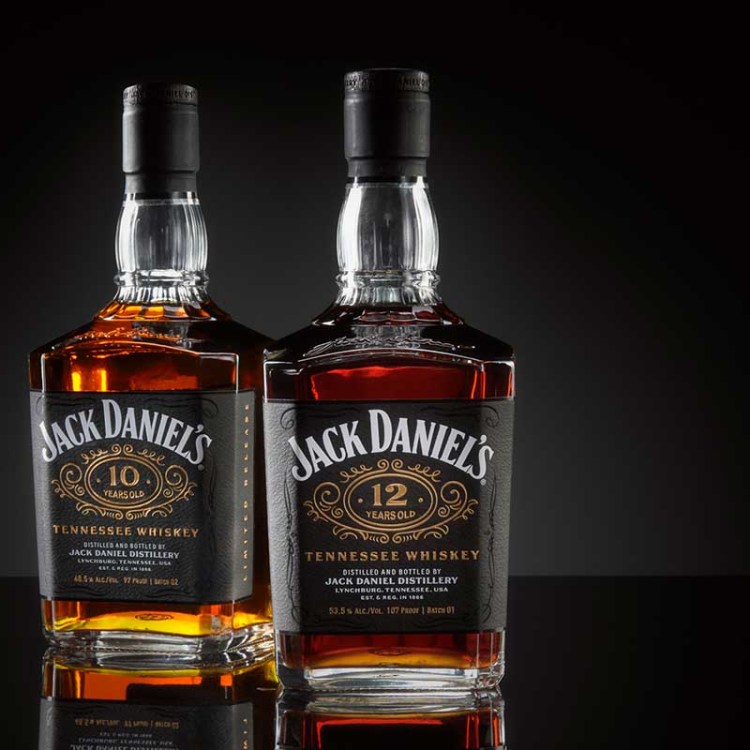There is a pervasive sadness that occurs when a wine must be glugged down the drain after being opened, then neglected for a few days. You halfheartedly watch as both money, and prospective tipsiness, flow concurrently with the oxidized, fermented grape juice. While some culinary-inclined individuals may turn old wine into vinegar, or just use it when cooking their next baked chicken, many cocktail enthusiasts and bartenders have found fortification as the most enticing option to revive their spent wine.
If you’ve ever heard of, or tasted, vermouth, sherry, madeira, port, or quinquina, then you are at least vaguely familiar with fortified and aromatized wines. Simply put, fortified means that there has been a spirit (typically brandy) added to the wine — increasing its ABV and, subsequently, its shelf stability. Aromatized wines are also fortified with a spirit to prevent spoilage, or oxidation, except this category of wine is also infused with spices, barks, herbs, and botanicals to add flavor. They are delightful for sipping on their own, but have come back into vogue due to their various applications in cocktails.
The benefits of fortifying your spent wine
“One obvious benefit for any repurposing, re- or up-cycling of any material is financial,” Jim Wrigley, beverage manager at Kimpton Seafire Resort + Spa, says. “Another key point on saving or reutilizing anything is the environmental impact.” While fortified wines aren’t particularly expensive compared to spirits, developing your own custom expression with a product that you were going to toss-out anyway can save you money for other ingredients, as well as eliminate waste. “It makes so much sense to repurpose spent ingredients, like wine, and get more use from them — vinegar, vermouth,” Jena Ellenwood, cocktail educator and bartender at Dear Irving on Hudson and The Sparrow Tavern, adds, “you also get to explore some really interesting flavors and you can tailor it to a specific cocktail or dish.”
The customization element is key. While commercial products have their place in the world of mixology, creating a bespoke fortified wine for a specific style of cocktail might fit a niche that doesn’t exist in pre-bottled offerings. For example, if you are making a Martini with a gin that boasts a certain set of botanicals (i.e cardamom, coriander, peppercorn, and finger lime), you can create a vermouth that compliments those flavors to create a perfectly balanced, and unique, cocktail.
Selecting your base wine
While most white wine drinkers in America are consuming chardonnay, or pinot grigio, some white wines work better than others depending on what you’re hoping to accomplish with your fortified wine. With that being the case, wine selection is something to keep in mind when buying wine that may be fortified in the future should it oxidize. “For me, drier styles of white wine [like chardonnay] work better,” Valentino Longo, head bartender at Le Sirenuse, Four Seasons Miami, says. If you are seeking something sweeter, or more floral in nature—like a version of blanc vermouth—then he recommends using a riesling, sauvignon, or moscato.
If you are looking to go the traditional route and use wine varieties that are commonly used to make vermouth, Wrigley recommends semillions, piquepoul, or trebbianno. The important thing to keep in mind is what flavor profile you are aiming to achieve (i.e sweet, dry, earthy, fruity, etc.); this will help guide you towards making the right decision for your base wine.
Developing your flavor
Flavor will come from two places: the spirit you choose to fortify your wine with, and any botanicals that you choose to infuse it with. When it comes to spirit selection, it is important to keep in mind the cocktails you will most likely apply your fortified/aromatized wine to. Rum, tequila, brandy, gin, vodka, or even a vermouth or sherry are appropriate options to consider — just keep in mind the flavors, and sugar, that they are adding to the mix and how to best balance those out with other botanicals that you might choose for infusion. A good place to start for how much alcohol to add for fortification is 10% of an 80-proof (or higher) spirit to the total volume of the wine (i.e. 10ml spirit if you have 100ml wine).
The botanical mix can be virtually endless with a variety of fruits, herbs, vegetables, spices, and barks to choose from. Some of the most commonly used botanicals include: angelica root, cassia bark, cinnamon, cloves, coriander seeds, cardamom, pink peppercorn, citrus peels, and so on. The best place to start is to pull inspiration from ingredients used in the various styles of aromatized wines that already exist on the market. Start by choosing your bittering agent — typically either wormwood or gentian root, and occasionally quinine (although this can be toxic if infused for too long — refer to CocktailSafe for safety checks), then build from there. “Once you have an idea of the profile, add your first range of botanicals (but no sugar) and a small amount of spirit [to your spent wine],” Wrigley says. “This accelerates extraction and stabilizes any deterioration of the wine.”
Let the mix infuse at room temperature in a non-reactive container (glass, or stainless steel work best) and taste every day until you are satisfied with the flavor, and continue to add for balance as needed. “Remember less is more – you can always add, but you can’t subtract,” Wrigley says. It’s best to not let the bittering agents infuse for more than 24-48 hours otherwise you may experience numbing characteristics, or other undesired flavors. Taste after a few days, and then add other botanicals to balance your wine.
“Making a vermouth is actually pretty forgiving,” Ellenwood says, “you just have to think about what flavors you want to highlight, [and] create a kind of a wine ‘tea’ out of them.”
“[I]f the wine is super dry, mineral and spicy, then prepare some more sweet fruit characteristics and a flavourful sweetening agent like raw honey, agave or unrefined sugars,” Wrigley says, “if the wine is rich and sweet be prepared to go heavier on bittering agents, spices and citrus peels.” Once again, you’ll have an idea of which flavors you are hoping to achieve, and it’s all about balance.
Fortified Chardonnay by Valentino Longo
- 750 ml Chardonnay white wine
- 2 g – 1/2 teaspoon Wormwood
- 1 g – 1/4 teaspoon Gentian Root
- 1 g – 1/4 teaspoon Oregano
- 0.5 g – 1/8 teaspoon Angelica Root
- 0.5 g – 1/8 teaspoon Camomile flowers
- 2 g- 1 teaspoon Vanilla Bean
- 3 g – 1 1/2 teaspoon Bitter Orange Peel ( or5 dash orange bitter )
- 0.5 g – 1/8 teaspoon Quinine
- 0.5 g – 1/8 teaspoon Rosemary
- 0.5 g 1/8 teaspoon Sweet Basil
- 0.5 g 1/8 teaspoon Thyme
- 1 gr – 1/4 teaspoon lemon peel- (Make sure All ingredients are dry )
- 75 gr – 1 cup sugar
- 100 ml – 1 cup vodka or gin
- 50 ml – 1/2 cup sherry or port
Directions: Process all the ingredients through a spice blender, then add the liquid and the sugar. Stir until the sugar is dissolved and keep it in your fridge to infuse for at least one week.
Always refrigerate after use.
This article was featured in the InsideHook newsletter. Sign up now.

